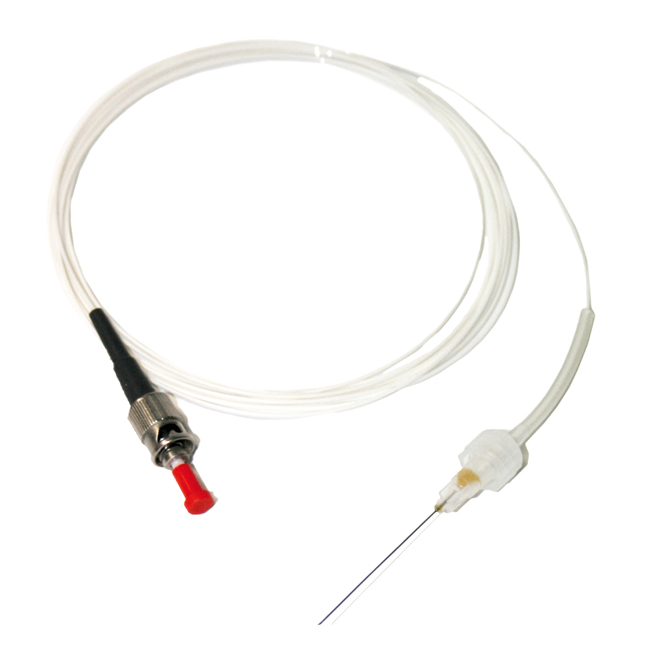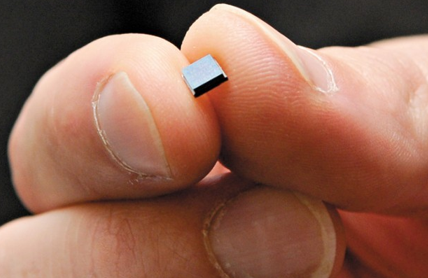microsensor
Microsensors are miniature sensors only a few millimeters in size. Like other sensors, microsensors are suitable for recording physical and chemical variables such as pressure, humidity, temperature, acceleration, vibration, inclination and gas concentrations.
Microsensors are characterized by their compact, small design and, above all, by excellent characteristic values for sensitivity, accuracy and dynamics. Due to the compactness of microsensors, they can be used in all technical, environmental and many medical applications. Technical applications without the use of microsensors are hardly imaginable.
Most microsensors are mechanical sensors, such as MEMS sensors or inertial sensors. They cover a wide range of physical measurands. The other large area of application is in the acquisition of chemical and biochemical values, as they occur in environmental technology and in health care. For example, in glucose measurements, in the composition of gases, the measurement of pH values and much more.
In terms of design, microsensors can be built conventionally using hybrid technology or as a system-on- chip( SoC). In the hybrid design, the sensor is attached to a substrate. The actual circuitry is separate and connected to the sensor via a coupling element. The situation is different with system-on-chip technology. This technology differs in that the substrate with the sensor and the electronic circuit is fixed to the base plate of the package and is manufactured in a single operation.


